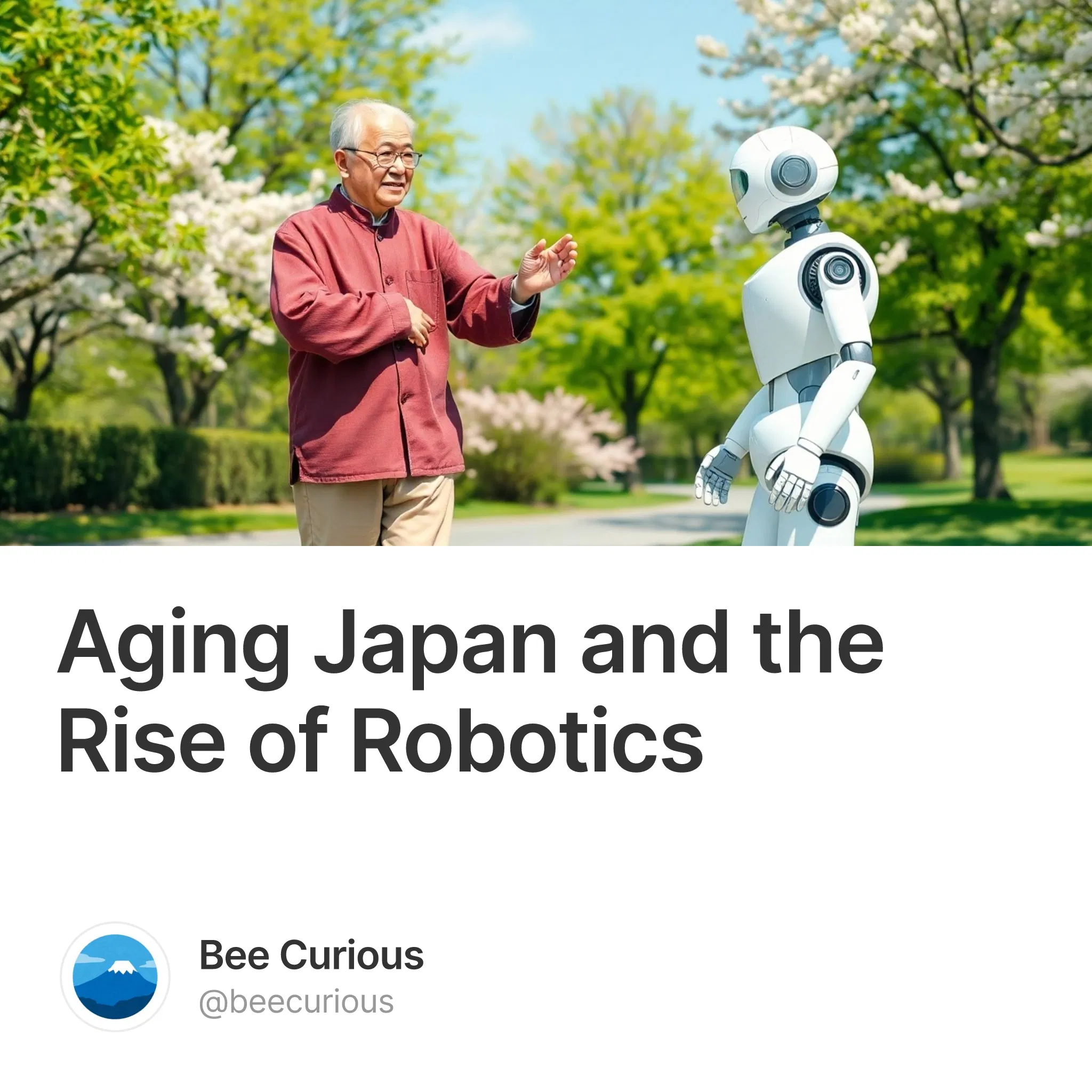I’ve been living in Japan for seven years now, and one thing that never ceases to amaze me is how active the elderly population is. Everywhere I go, I see more and more seniors—not just existing, but thriving.
At my other job, my boss is 75 years old, yet he’s sharper than me, has incredible stamina, and frequently travels abroad for business. His 76-year-old friend still practices karate every day. Meanwhile, I struggle to hit the gym three times a week—imagine that 😃 ! Mornings in Japan often paint the same picture: at 6 or 6:30 AM, parks are filled with groups of elderly people doing radio taiso (ラジオ体操), a traditional form of group stretching and exercise that’s been a cultural staple for decades. Some companies even still incorporate it into their daily routines. (If you’re curious, check it out on Youtube!)
While Tokyo has a mix of all age groups, the reality shifts in rural Japan. Two years ago, I spent a month in the countryside and was struck by how entire towns were nearly all seniors. It was August, peak farming season, and I watched men and women in their 70s and 80s working the fields—growing vegetables, tending fruit orchards, and even harvesting rice. If you know how physically demanding rice farming is—bending, planting, and harvesting under the hot sun—you’ll never take a single grain for granted again. And yet, these elderly farmers did it with a quiet dedication that left me in awe.
In that town, one type of business stood out more than any other—nursing homes. During my stay, I had the opportunity to visit one of them, where a relative of my husband’s family was staying. The area was dotted with these care facilities, and the reason was clear: the younger generation had moved to cities for better job opportunities, started families, and built their lives there, while their parents and grandparents remained in the countryside. What struck me the most wasn’t just the number of nursing homes but the residents themselves. Many of the elderly I met were remarkably energetic—walking daily, eating well, and showing no signs of cognitive decline. Of course, not everyone was in the same condition, but I was amazed by how many were still physically strong and mentally sharp. The average age at the facility I visited was around 90, and some had even celebrated their 100th birthdays.
At this stage of my life, aging and the distant future don’t often cross my mind. But stepping into that nursing home changed my perspective. It made me reflect on what it truly means to grow old—what factors contribute to longevity, how society supports its aging population, and what kind of future awaits us all. So many questions, so much to consider…
Today, all developed countries are facing the challenge of an aging population. Many people want to live independently and stay active in their own homes for as long as they can. In Japan, the situation is especially serious. The birth rate is falling, and the number of older people is growing fast. This means fewer people are working, and the cost of caring for the elderly is going up. Currently, Japan has approximately 67.47 million workers but by 2040, this number is expected to decline by 20%, resulting in a reduction of around 12 million workers.
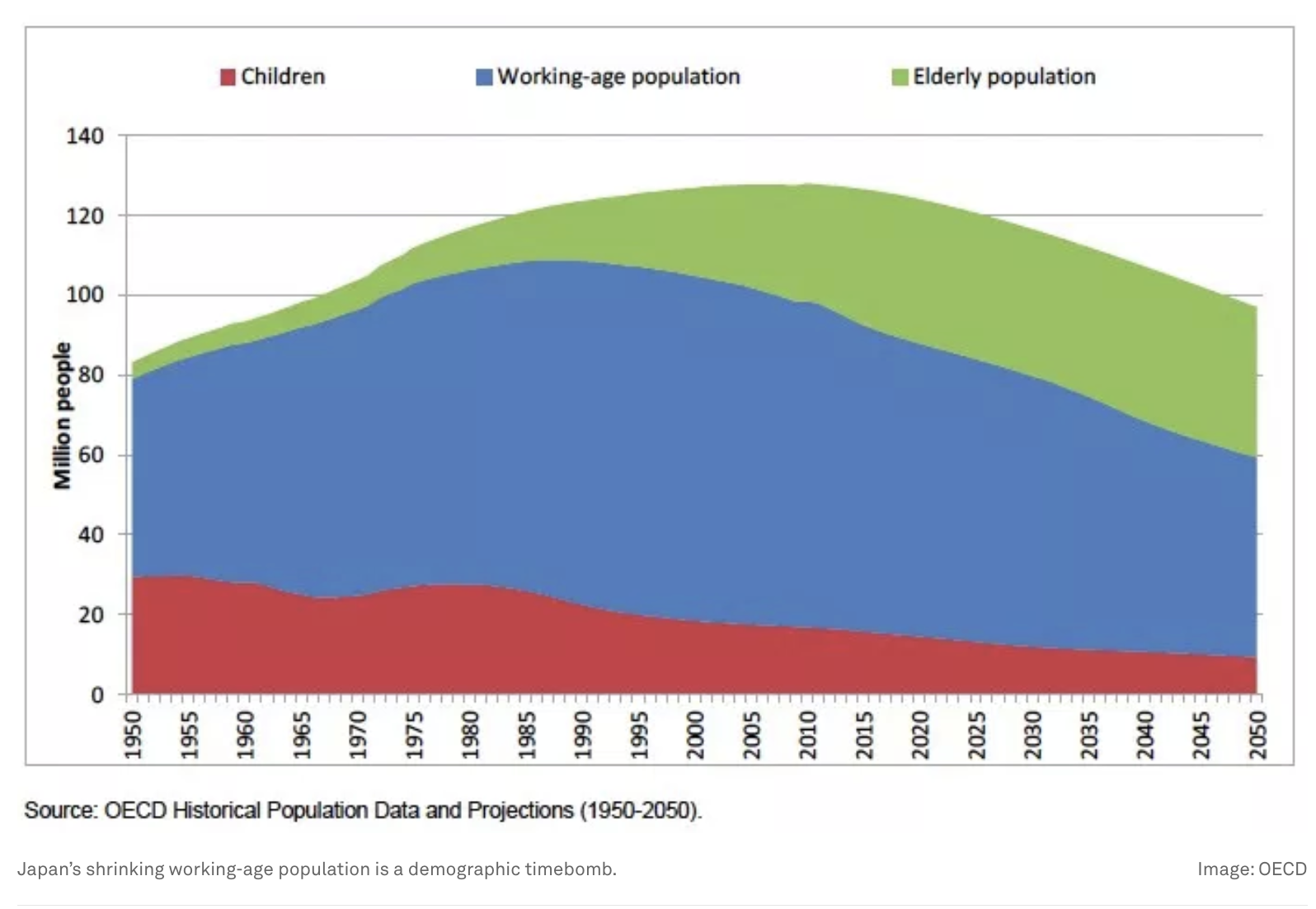
At the same time, the cost of social security such as pensions and healthcare is expected to rise: "The government says that social security expenses, which is now 16% of national income, will rise to 30% by 2025. When combined with spending for other public services, the total burden will be equivalent to 60%." Source here.
Japan’s infrastructure—things like roads, bridges, and water pipes—is also getting old. Most of it was built between 1950 and 1970, during a time of rapid economic growth. The cost of repairing or replacing Japan’s aging infrastructure is estimated at 12.3 trillion yen per year over the next 30 years,(~80 billion USD) according to a report by Nikkei Asia. This highlights the significant financial challenge, Japan faces in maintaining its roads, bridges, and other critical systems as they deteriorate.
Nursing Care Robots
Japan’s population is aging faster than any other country, presenting both a challenge and an opportunity. This situation positions Japan to lead the world in developing nursing care robots. By addressing its own societal needs, Japan can create innovative solutions that other countries may adopt in the future.
The growing demand for nursing care robots is driven by a serious shortage of caregivers. According to a 2021 report by Japan’s Ministry of Health, Labour, and Welfare, the number of required nursing care workers was 2.11 million in fiscal 2019. By fiscal 2025, this number for nursing care is expected to rise to 2.43 million, which means a difference of 320,000 workers needed. If the number of caregivers does not grow, Japan will face a shortfall of 320,000 workers by 2025.

To address this gap, the use of robots in everyday life is seen as a key solution. Robots can help balance the demands of caregiving, work, and household responsibilities.
The Japanese government is actively promoting the use of robots through national initiatives. For example: Robot Strategy Council: In 2015 when Shinzo Abe was a Prime Minister, the government at that time launched the "New Robot Strategy" to encourage the use of robots in sectors like healthcare and elderly care, aiming to make Japan a global leader in robotics.
Society 5.0: This is another initiative from government with the vision for integrating advanced technologies like robotics, AI, and IoT into everyday life, including elderly care.
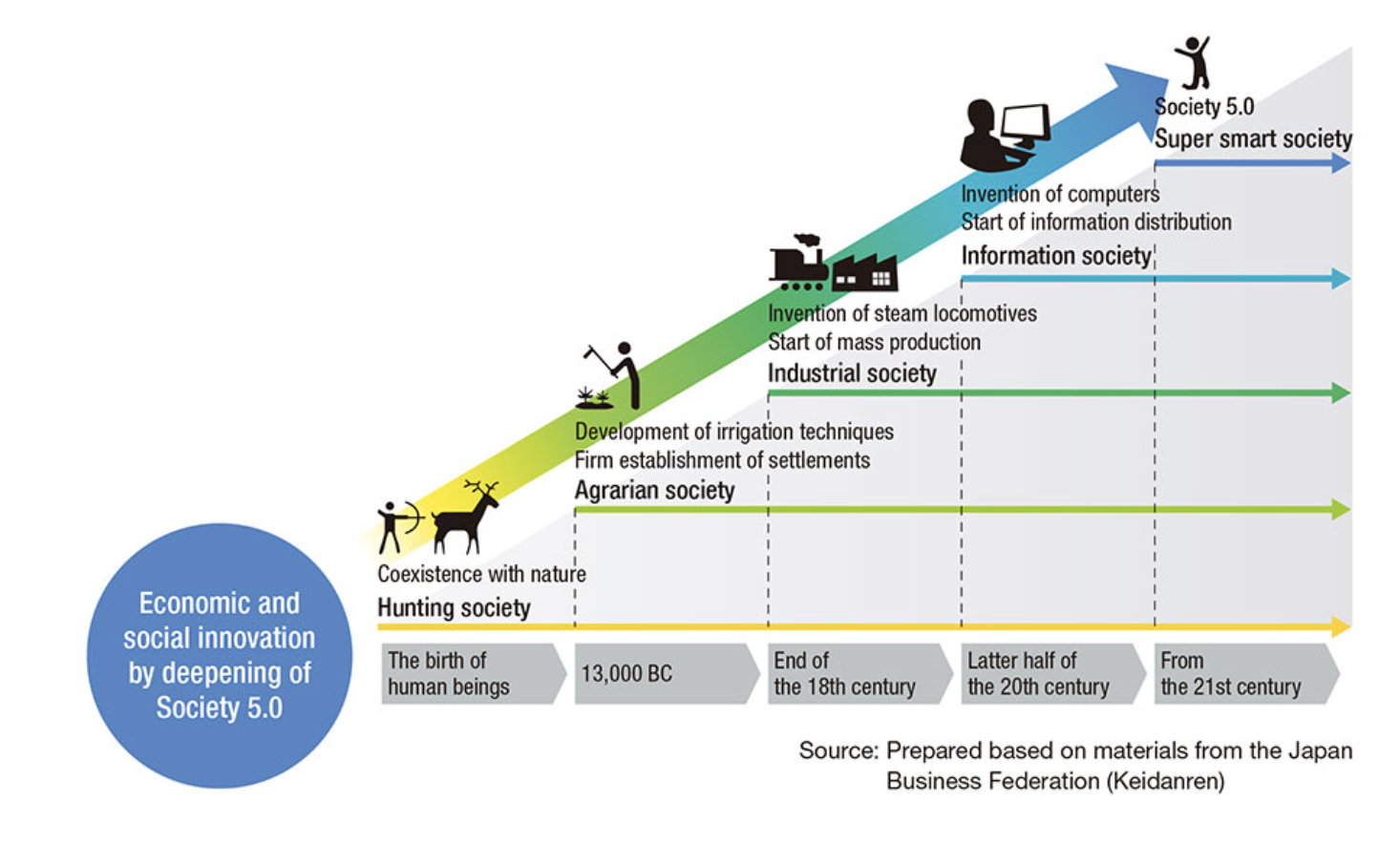
The screenshot photo below shows some robots used for basic daily tasks. Key areas of development include: Patient Transfer, Mobility, Toilet Assistance and more.
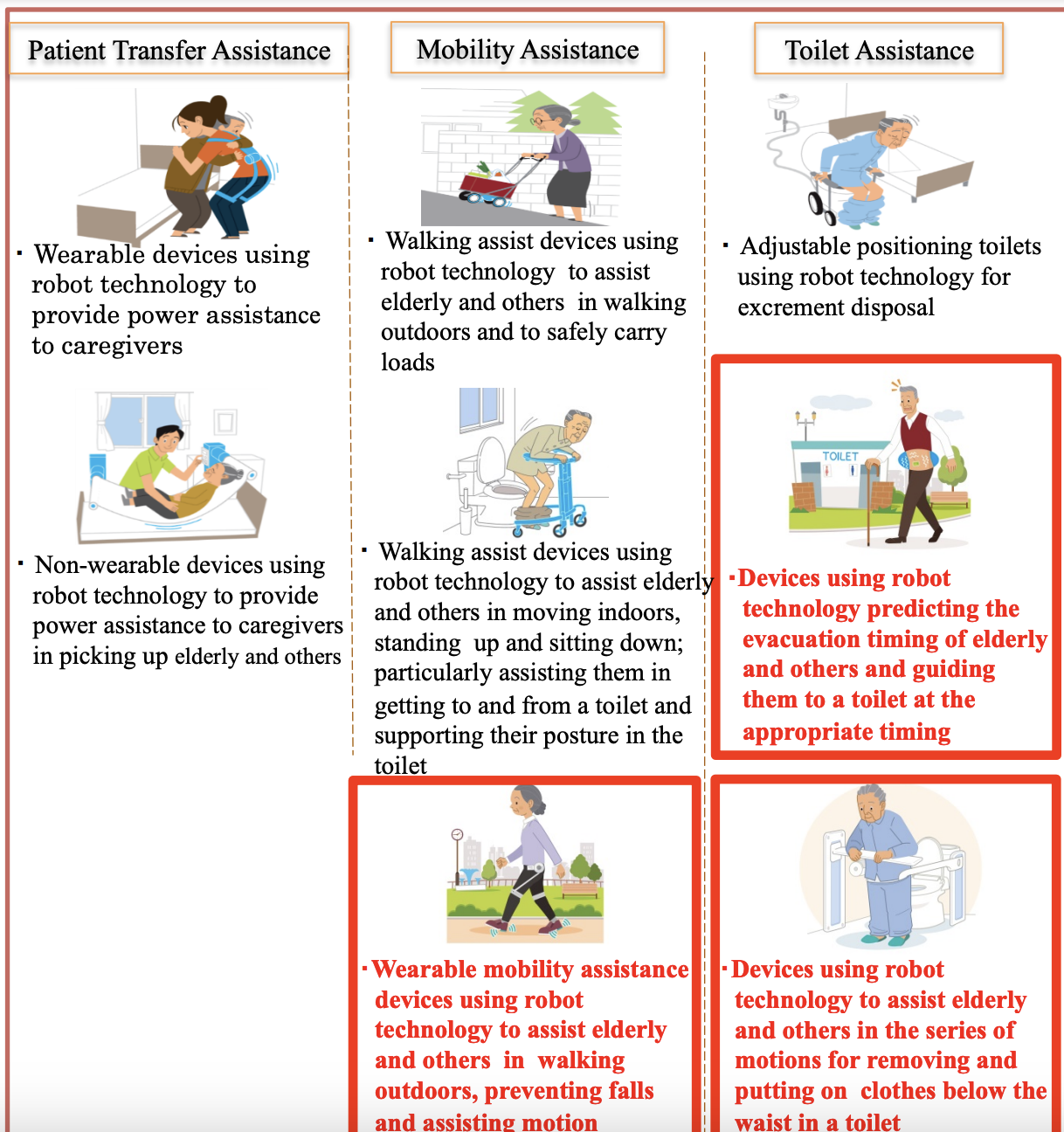
Transfer assistance: Wearable devices to help lift and move people, for example the product 'HAL for Care Support'
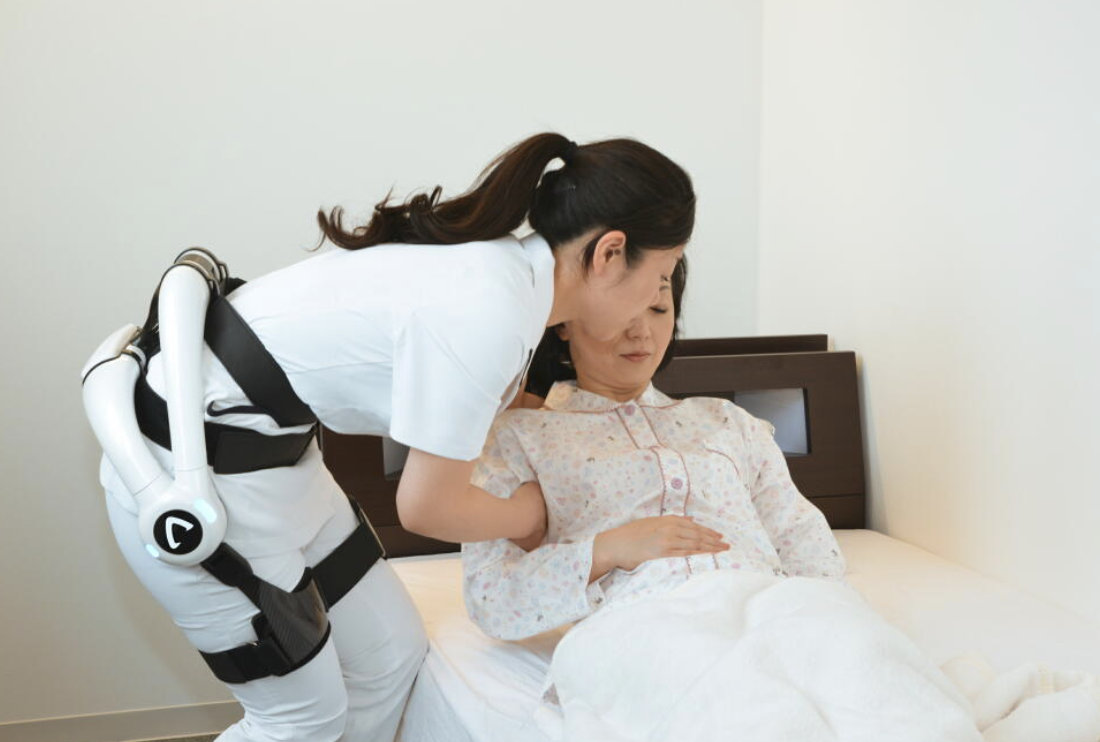
Mobility assistance: Walking aids like robotic carts such as RT.1.

Photo Credit Monitoring for dementia: Sensors to track the safety of people with cognitive impairments.
Excretion assistance: Automated devices for hygiene care.

Market of Nursing Robots in Japan
The market for aging and nursing robots in Japan is experiencing rapid growth, driven by the country’s aging population and increasing demand for caregiving solutions. Here are some key insights:
Japan Robotics Market Size (2024): The overall robotics market in Japan was valued at USD 2.8 billion in 2024.
Yano Research Institute Report (2022): According to a report published in October 2022, the market size for nursing care robots in Japan reached 2.175 billion yen in fiscal year 2021, marking a 12.1% increase from the previous year. The market is projected to expand further to 3.625 billion yen by fiscal year 2025, maintaining a similar growth rate. (Source: here)
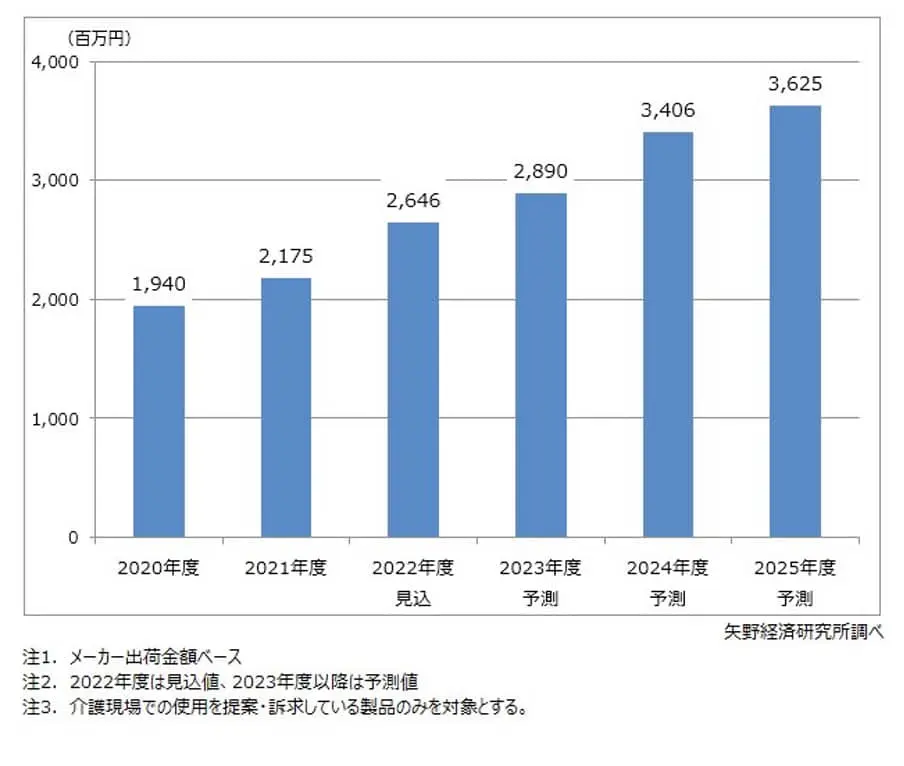
Forefront Startups and Companies
There are numerous examples of nursing care robots in Japan, with private enterprises leading the charge in developing and commercializing these technologies. Major companies are heavily investing in this sector, including:
Panasonic: Developed the Resyone, a robotic bed that transforms into a wheelchair.

Photo Credit Toyota: Created the Human Support Robot (HSR), designed to assist with daily tasks and mobility, known as 'butler'.

Photo Credit SoftBank Robotics: Produces Pepper, a humanoid robot used for companionship and communication.
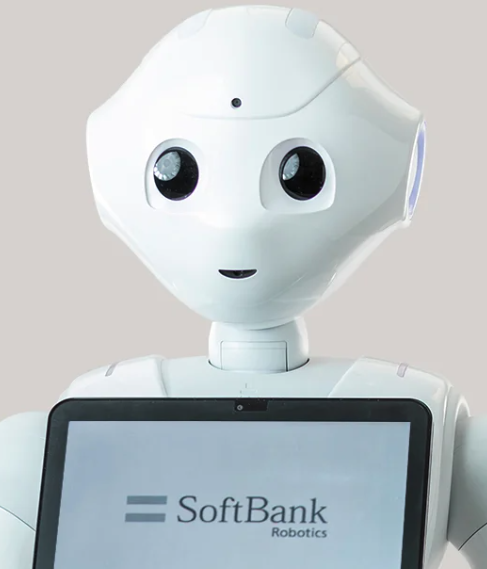
In addition to these industry giants, many startups in Japan are focusing on niche areas of elderly care. One standout example is the emotional support robot LOVOT, an incredibly cute robot designed to evoke a desire to interact and chat. As stated on their website: "Emotional Robotics was developed to make the human power to love even stronger."
LOVOT is equipped with advanced technology, including over ten CPU cores, more than twenty MCUs, and fifty or more sensors. These components work together to create behaviors that closely mimic those of a living being, offering an entirely new dimension to the relationship between robots and humans.s.

Another example of innovation in this space is Aba, a company dedicated to developing products that reduce the burden on caregivers. Aba has introduced Helppad, a groundbreaking product that utilizes odor sensors to detect and record the excretory status of care recipients. It won the 'Great Design 2024 Award' in Japan. Designed to minimize discomfort for users, this device represents a world-first in caregiving technology, showcasing the potential of advanced solutions to transform elderly care. Explanatory video in Japanese on how this product works:
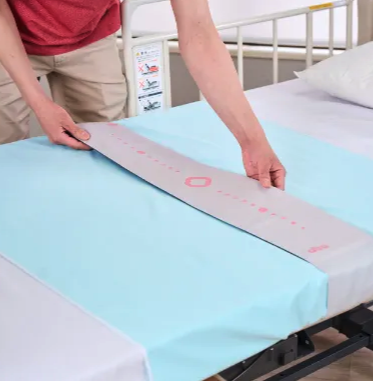
References:
Ministry of Health, Labour, and Welfare (MHLW): Promoting the development and spread of nursing care robots.
Ministry of Health, Labour, and Welfare (MHLW): New initiatives for nursing care robots.
Helppad: Official website
Bristol University Press: International Journal of Care and Caring (IJCC).
Tomoruba EiiCon: Article on nursing care robots in Japan.
Ministry of Health, Labour, and Welfare (MHLW). (n.d.): Official website
New Energy and Industrial Technology Development Organization (NEDO)
Cabinet Office, Government of Japan. (n.d.). Society 5.0: Official website.
